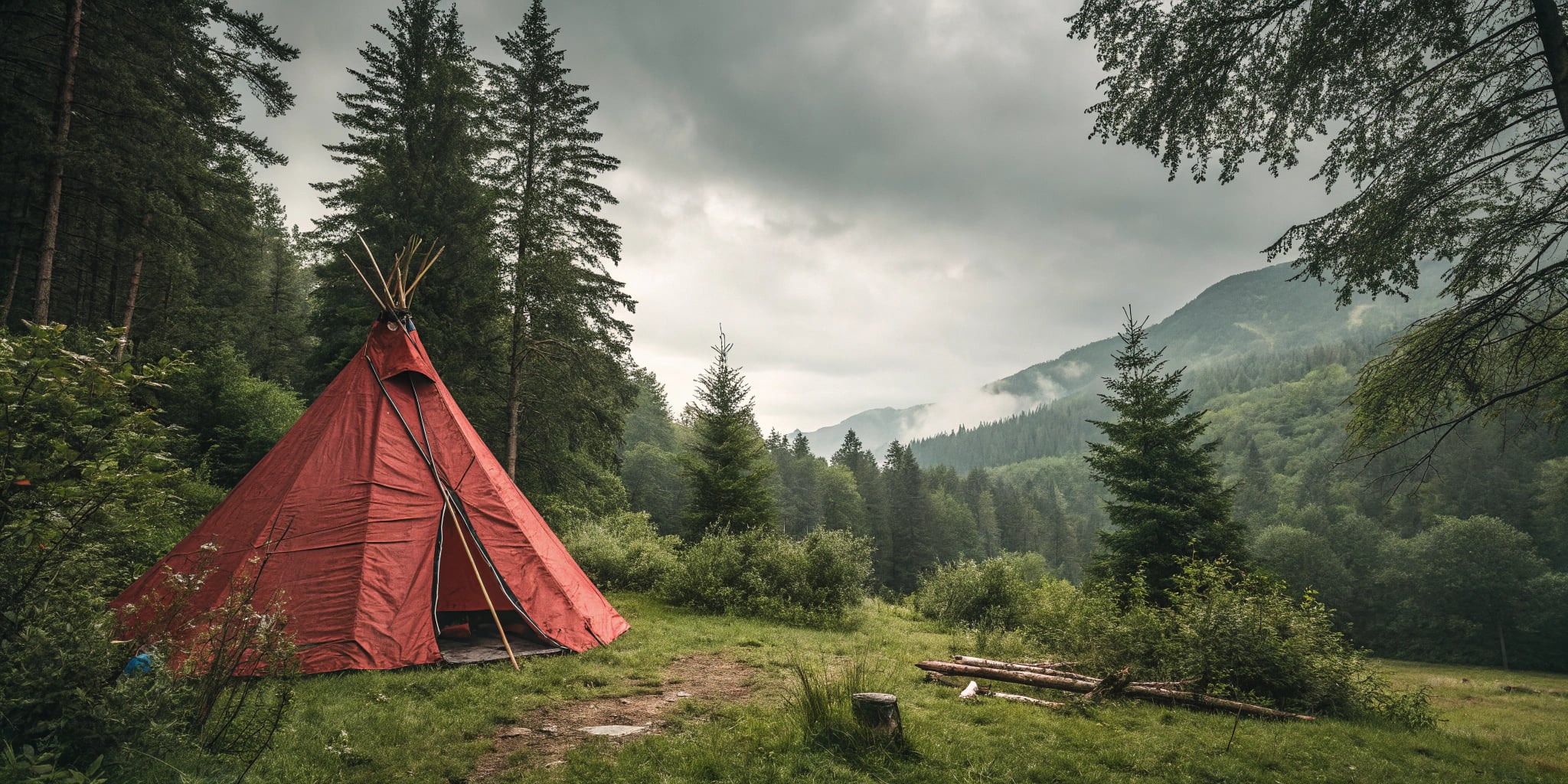
Loading...
Checking authentication...
Explore our comprehensive pronunciation guides with audio and video examples.
Browse Pronunciation GuidesThe word Wigwam traces its origins to the Algonquian languages, where it was used to denote a type of dome-shaped dwelling. These structures were not merely shelters-they were central to community and cultural identity. The design reflected harmony with nature and a deep spiritual connection to the land, virtues mirrored in many indigenous societies. As European settlers encountered these dwellings, the term gradually morphed into broader cultural connotations, symbolizing both historical legacy and the melding of cultures.
Beyond its physical form, the Wigwam found its way into the lexicon of art and literature. In the 19th and early 20th centuries, illustrators and writers romanticized the concept, sometimes reducing its rich history to mere exoticism. However, contemporary scholars caution us against oversimplification. Modern literature now embraces a nuanced perspective, recognizing the Wigwam as a potent symbol of survival, adaptation, and the enduring spirit of indigenous heritage.
Did you know? Many 20th-century American artists used the Wigwam as a metaphor for finding sanctuary in a chaotic world. These portrayals, however, are layered with historical misinterpretations, urging viewers to look deeper and appreciate the context behind every brushstroke.
Across museums and galleries, the image of the Wigwam has been reinterpreted by contemporary artists. These modern renditions serve as bridges connecting past and present, offering a reimagined perspective on indigenous wisdom. A growing number of installations and exhibits invite audiences to question: How do traditional symbols adapt in a world dominated by technology and globalization?
For language enthusiasts who also appreciate a visual dynamic, understanding terms like Wigwam can deepen your appreciation of the artwork's layers. To master the word's pronunciation and application in conversation, visit our comprehensive pronunciation guide and check out our video tutorial.
While the cultural resonance of the Wigwam is undeniable, its journey through modern discourse has not been without controversy. Common misconceptions abound, especially when Wigwam is used superficially in non-indigenous contexts. Some critics argue that detached usage of such culturally loaded terms contributes to a dilution of historical significance. Recognizing these pitfalls is essential for both English learners and cultural enthusiasts striving for respectful usage.
Professor Linda Matthews, a noted linguist and cultural historian, remarks,
"The transformation of the word Wigwam from its indigenous roots to its place in modern vernacular illustrates the dynamic nature of language. It encapsulates not just a physical structure but an evolving cultural narrative."Her insights illuminate how a single term can serve as a nexus for historical memory, artistic interpretation, and ongoing social discourse. Such analysis provides a multidimensional perspective that enriches language learning and cultural understanding.
For learners and enthusiasts looking to master the usage of Wigwam, applying it in practical contexts can be both challenging and rewarding. Consider these scenarios:
These interactive scenarios encourage you to incorporate the term naturally into speech and writing, reinforcing its cultural and linguistic significance.
Usage Tip: When practicing pronunciation, remember that subtle changes in tone can add layers of meaning to the word. Use slow, deliberate enunciation until it feels natural-your journey from word recognition to word mastery is a rewarding one!
The story of the Wigwam is one of continuity and transformation. As the word continues to travel through time and across cultural boundaries, it invites us to reconsider how traditional concepts can revitalize modern discourse. Engaging with this term-whether by exploring its past, appreciating its role in art, or using it in everyday conversation-opens a window into the diverse and evolving nature of language.
What lessons might we draw from this nuanced word? Could the layered history of the Wigwam inspire a broader understanding of cultural identity in our increasingly interconnected world? These are just a few of the reflections that await you as you delve deeper into the realms of language and heritage.
Ready to explore further? Check out our detailed pronunciation guide and watch the video tutorial to enhance your mastery of the term. Embrace this exploration as a journey not only through words but through the rich tapestry of cultural narratives that shape our shared history.